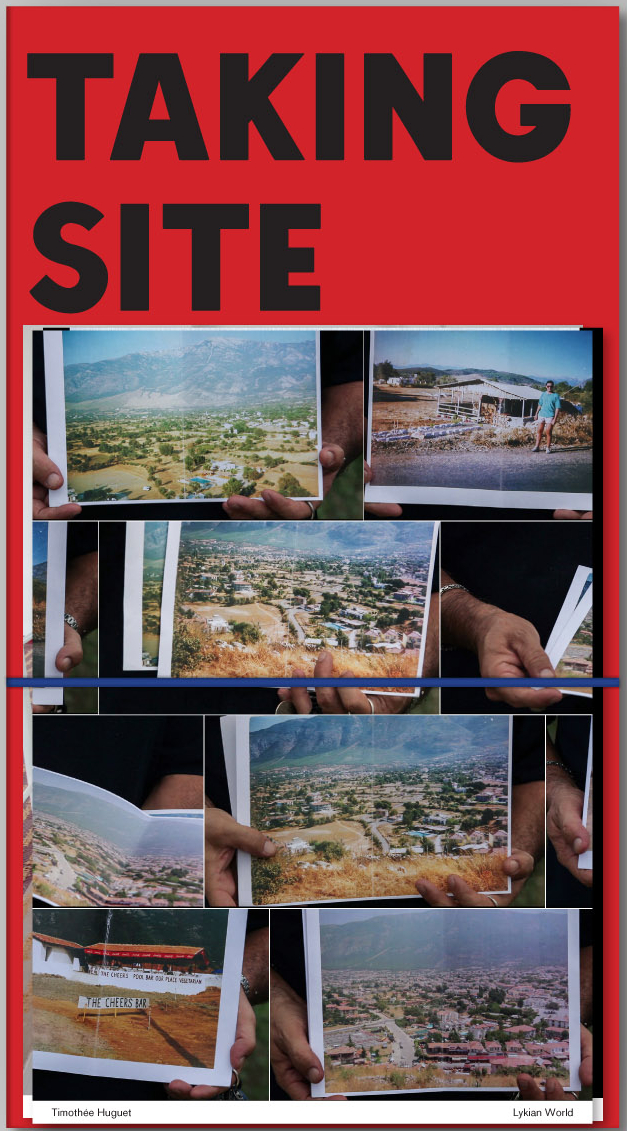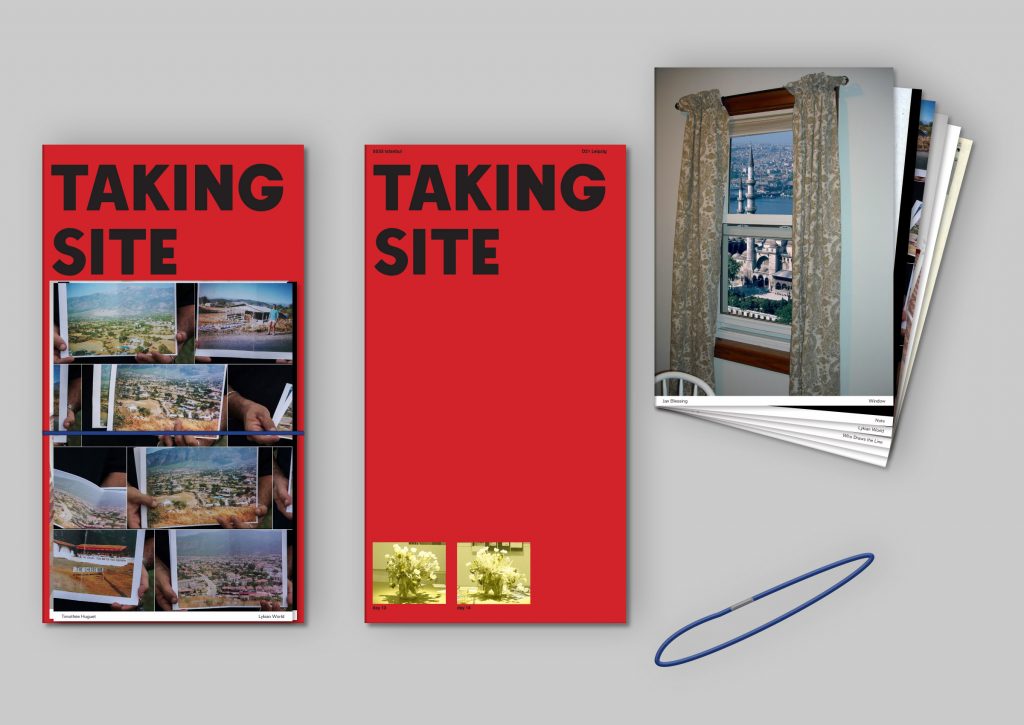Welche Rolle spielt der Ort im Zeitalter des Internets und zunehmender Mobilität? Das Projekt Taking Site! untersuchte dies im Frühling 2013 kurz vor dem Beginn der Gezi-Proteste in einem Workshops im Istanbuler Kunstraum 5533. Für Besucher:innen des D21 Kunstraums in Leipzig war der Workshop mittels Livestream und Chat zugänglich. Als Expert:innen für nomadische Lebens- und Arbeitsbedingungen teilten Künstler:innen und Kurator:innen aus Türkei, Deutschland, China, USA und Russland ihre Erfahrungen mit Migration, Tourismus und (politischer) Partizpation vor Ort.
Die Publikation bringt die intensiven Diskussionen um die künstlerischen, philosophischen, performativen, sozialen und politischen Aspekte des Ortes zusammen. Im Format einer assoziativen Landkarte ergibt sich ein Überblick über die verknüpften Orte und die Vielzahl der Diskussionsstränge. Ergänzt wird sie durch eigenständige, lose Seiten, die von den Teilnehmer:innen für die Publikation angefertigt wurden.
How to start? We decided to start having a tea. At the first get-together of all participants of the project “Taking Site!”, realised at 5533 art space Istanbul and D21 art space Leipzig between April 21 and May 04, 2013, Chloe Bass invited us to be part of her performance “Tea will be served”. The tea was served by the local tea man next to 5533 — as it was for the next two weeks. We had to couple in pairs and have a spontaneous conversation about our daily routines while drinking tea. This intimate form of dialogue was the start of two intensive weeks of discussions, seeking for the potential and problems of site and site-specificity nowadays. 5533 and D21 were connected via livestream, audience in both places could follow the discussions and get in dialogue via chat-messages and explore the growing archive about the different aspects of site and site specific art.
The meaning of the term site-specificity has changed essentially within the last decades. What is the relevance and function of site in a mediatized and globalized world? And how do physical places remain important as meeting places and constitutive sites of political identity?
While economic, geopolitical and cultural upheavals cause an increasing mobility and force migration, our concepts of political identity are still bound to site, society and nation. Touristic mobility releases us from the rights and duties of a governmental polity. This deterritorialisation has indeed liberating effects. The limitations of an identity, which is determined and normalised by a site, can be replaced by the production of multiple identities, flexible bonds and meanings. But the status as a political subject vanishes likewise.
So how can we engage with a site? What are the different knowledge bases and approaches of citizens, tourists, migrants, artists? Is it possible to combine them? As experts working in nomadic conditions, we invited artists and curators from Turkey, Germany, China, USA and Russia to share and exchange experiences with site and site-specificity. In a series of discussions, they presented their related ideas, work and research about the topic – involving artistic, social, political, theatrical, performative, philosophical and ethical aspects.
In the conflict between mobility and political identity, the physical presence gets highly relevant again – the assembly of people on site. The recent protest movements combine the claims by the assembled bodies with an intense use of media-sites. Through the possibility to follow the proceedings on site in »real time«, an affective resonance is enhanced, that draws more and more people to the site. And although social networks, the creation of communities in the internet and the search for identity in the abstract space is said to be a characteristic of the present, the body is still political in this increasing digital world. Various upheavals around Europe strengthen the question about the function of physically occupied places. The Gezi Park movement at Taksim square in Istanbul, beginning May 2013, shortly after our project finished, was part of these.
How did we end – as a project called ”Taking Site!”? The connection of the two art spaces in the two countries via livestream questioned speaking about site-specificity at the same time, and created a hybrid site in between, which was questioned by the participants after a while. In the end, we decided to acknowledge this hybrid media-site as the place of engagement and to make a final presentation in a show-format, foregrounding the livestream situation and emphasize it as the site of action.
This publication aims to give presence to parts of the dialogues and shared experiences, and to create a basis for an extended discussion, apart from the acceleration and ephemerality of real-time- digital communication.




